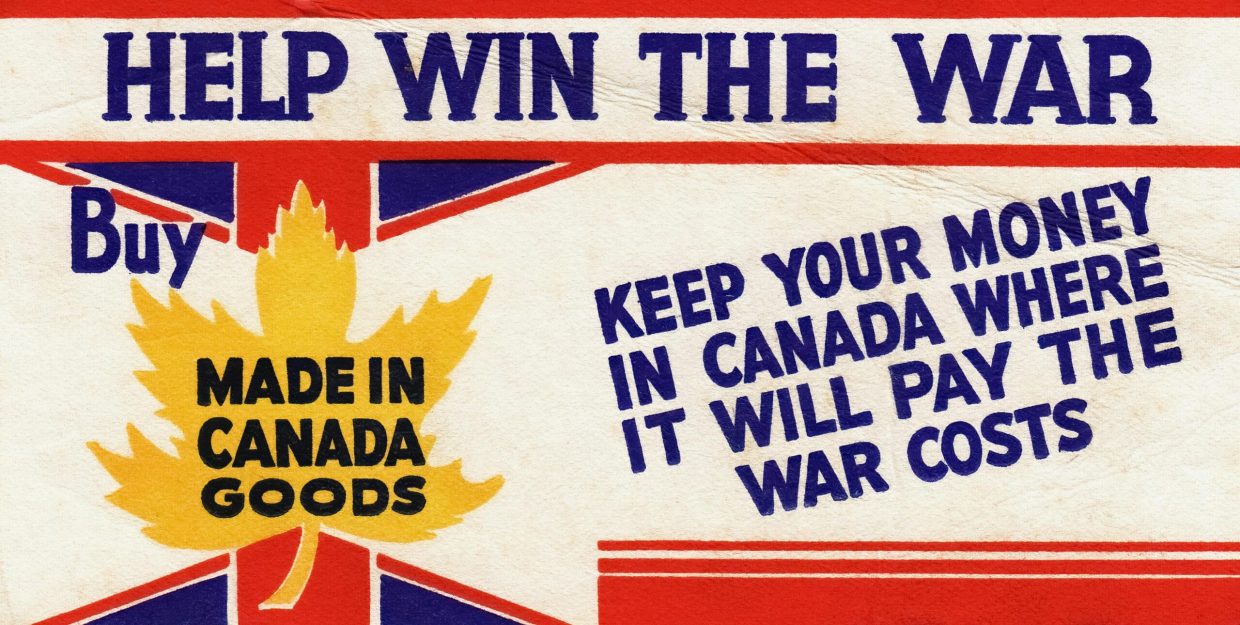In times of war, the battle extends far beyond the physical battlefield—into the realm of ideas, emotions, and perceptions. Propaganda becomes a powerful tool that governments and groups use to influence public opinion, rally support, and justify their actions. But how exactly does propaganda shape the political landscape during wartime conflicts? In this article, we’ll explore the subtle and sometimes overt ways propaganda impacts political decisions, sways citizens, and alters the course of history when nations are at war. Whether you’re a history buff or simply curious about the forces behind wartime narratives, join us as we unpack the complex relationship between propaganda and politics in times of conflict.
Table of Contents
- Understanding the Role of Media in Disseminating Wartime Propaganda
- Analyzing the Psychological Impact of Propaganda on Public Opinion
- Strategies for Identifying and Critically Evaluating Propaganda Messages
- Recommendations for Promoting Media Literacy and Encouraging Informed Discussions
- Key Takeaways
Understanding the Role of Media in Disseminating Wartime Propaganda
Throughout history, media has functioned as a powerful amplifier of wartime narratives, shaping public opinion and bolstering morale on the home front. By selecting which stories to tell and how to present them, media outlets often create a carefully curated image of the conflict, emphasizing heroism, sacrifice, and the justness of a nation’s cause. This orchestrated messaging not only sustains popular support but also marginalizes dissenting voices, effectively streamlining the collective consciousness toward a unified perspective.
Key techniques employed include:
- Selective framing: Highlighting victories and downplaying setbacks to maintain optimism.
- Emotive language: Utilizing patriotic and moralistic rhetoric to evoke strong emotional responses.
- Visual symbolism: Deploying imagery such as flags, soldiers, and national icons to reinforce identity and allegiance.
By disseminating these calculated narratives, media becomes a vessel for propaganda, subtly influencing political discourse and decision-making during wartime. Recognizing this dynamic is crucial for understanding how public perception is shaped and why critical media literacy is more important than ever in times of conflict.
Analyzing the Psychological Impact of Propaganda on Public Opinion
Propaganda wields a profound psychological influence by tapping into deep-rooted fears, hopes, and biases within a population. It operates not only through the transmission of information but by shaping *how* people perceive reality, often bypassing rational analysis in favor of emotional response. Subtle cues—such as repetition, emotionally charged language, and symbolic imagery—are expertly crafted to reinforce specific narratives. This persistent exposure gradually alters public sentiment, making certain beliefs or attitudes seem natural or inevitable, even if they are rooted in distortion or exaggeration.
Key psychological mechanisms at play include:
- Confirmation Bias: People tend to accept propaganda that aligns with their preexisting beliefs, bolstering group identity and diminishing critical thinking.
- Fear and Anxiety Amplification: Highlighting threats, whether external enemies or internal dissenters, triggers survival instincts that prioritize safety over liberty or nuance.
- Social Proof: Showcasing widespread acceptance creates pressure to conform, further entrenching dominant political positions.
Understanding these psychological levers is essential for unpacking the rapid shifts in public opinion during wartime and for promoting media literacy that can resist manipulation.
Strategies for Identifying and Critically Evaluating Propaganda Messages
When faced with propaganda, one of the most effective ways to dissect its message is to analyze the source and intent behind it. Scrutinize who is distributing the information and what their potential motivations might be. Is the message coming from a government entity, a partisan group, or an anonymous online platform? Considering the origin helps to reveal biases and underlying agendas. Additionally, look for emotional triggers; propaganda often uses fear, pride, or anger to manipulate opinions rather than presenting balanced facts. Pay close attention to whether the message relies heavily on loaded language or oversimplifies complex issues, which can signal an attempt to sway public perception without room for critical thought.
Critical evaluation also involves cross-referencing the content with reliable evidence and alternative viewpoints. Avoid accepting information at face value; instead, compare claims with respected news outlets, academic studies, or official documents. When analyzing visuals, such as posters or videos, question whether imagery is designed to distort reality or evoke strong emotions unconsciously. Remember these key indicators to stay alert:
- Generalizations and stereotypes: Do they reduce complex groups or issues into simplistic tags?
- Repetition: Are certain phrases or messages persistently repeated to embed them in your mind?
- Omission of facts: Is critical information intentionally left out to mislead?
Recommendations for Promoting Media Literacy and Encouraging Informed Discussions
Empowering individuals to critically analyze the information they encounter is crucial for fostering a more informed and discerning public. Encourage the practice of cross-referencing multiple sources, especially those with diverse perspectives, before forming opinions. Workshops, webinars, and community discussions can serve as excellent platforms for teaching people how to identify biased language, distinguish facts from emotional appeals, and recognize the underlying motives behind wartime propaganda. Highlighting case studies where propaganda shaped public sentiment can also sharpen analytical skills and deepen understanding.
Creating a culture of open, respectful dialogue is equally important in cultivating informed discussions that transcend echo chambers. Establish forums—both online and offline—where challenging questions are welcomed and differing viewpoints are explored without judgment. Cultivate habits such as active listening and fact-checking among participants to maintain a constructive environment. Additionally, integrating media literacy into school curricula will equip the next generation with the tools needed to navigate complex political narratives thoughtfully and responsibly.
Key Takeaways
In a world where information travels faster than ever, understanding the role propaganda plays during wartime is more important than ever. By shaping perceptions and influencing public opinion, propaganda becomes a powerful tool that can rally nations or deepen divisions. As readers and global citizens, staying aware of these dynamics helps us critically evaluate the messages we encounter and seek a more nuanced understanding of conflict. Thanks for joining me in exploring how propaganda shapes politics during these turbulent times—let’s continue to question, learn, and engage thoughtfully with the information presented to us.













